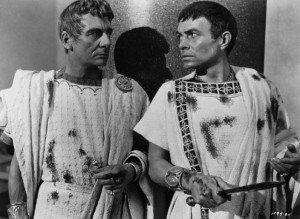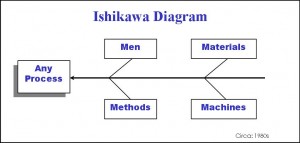
et tu Bruti
According to my Dictionary Politics is defined as “Social Relations involving intrigue to gain authority or power” so its not just Politicians who practice politics, in fact it is as old as human interactions.
Every organization has its own politics. Some are much more blatant than others but politics is present wherever humans interact.
Generally, the higher one goes in an Organization the more powerful the politics.
If you are a Project Manager & you hate office politics then you are probably in the wrong game. Project Management involves a large degree of political manoeuvring and in order to get things done you have to ask people in certain ways which may involve putting your spin on the available information.
When you join a new organization spend the first couple of months observing the behaviour of your co-workers, call it awareness or paranoia it’s your best defence against being a victim rather than a victor.
; Keep up to date by becoming a facebook
fan


 How many times have you worked on projects where the product spec is not defined?
How many times have you worked on projects where the product spec is not defined? As a rough guide a
As a rough guide a  1) Create Space – nothing clouds judgement more than pressure to create a fast solution. Tell stakeholders you are assessing the situation and will provide an update in 1 weeks time.
1) Create Space – nothing clouds judgement more than pressure to create a fast solution. Tell stakeholders you are assessing the situation and will provide an update in 1 weeks time.
 chris@projectsguru.co.uk
chris@projectsguru.co.uk Don’t ask me what “Zen” is.
Don’t ask me what “Zen” is. Earned Value is a term which allows us to determine where we are in a project in terms of progress against plan. If we talk about expended cost at a particular moment of time we have no idea whether we are ahead or behind the plan unless we measure the amount of work done and the time expended doing it.
Earned Value is a term which allows us to determine where we are in a project in terms of progress against plan. If we talk about expended cost at a particular moment of time we have no idea whether we are ahead or behind the plan unless we measure the amount of work done and the time expended doing it.



 First of all please let me apologize for the use of the word “buggers” which some of you may find offensive but I just couldn’t think of another term (apart from an even more offensive B term) to describe those people who are just plain damn awkward.
First of all please let me apologize for the use of the word “buggers” which some of you may find offensive but I just couldn’t think of another term (apart from an even more offensive B term) to describe those people who are just plain damn awkward.